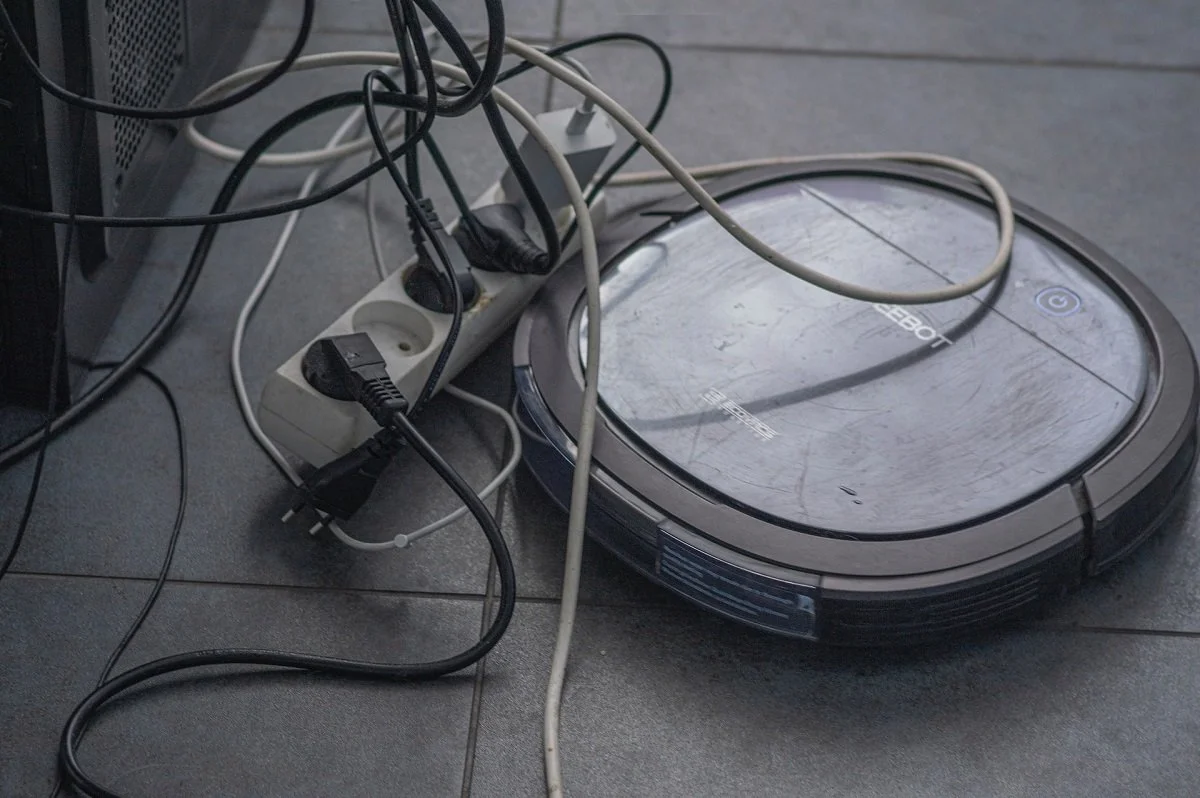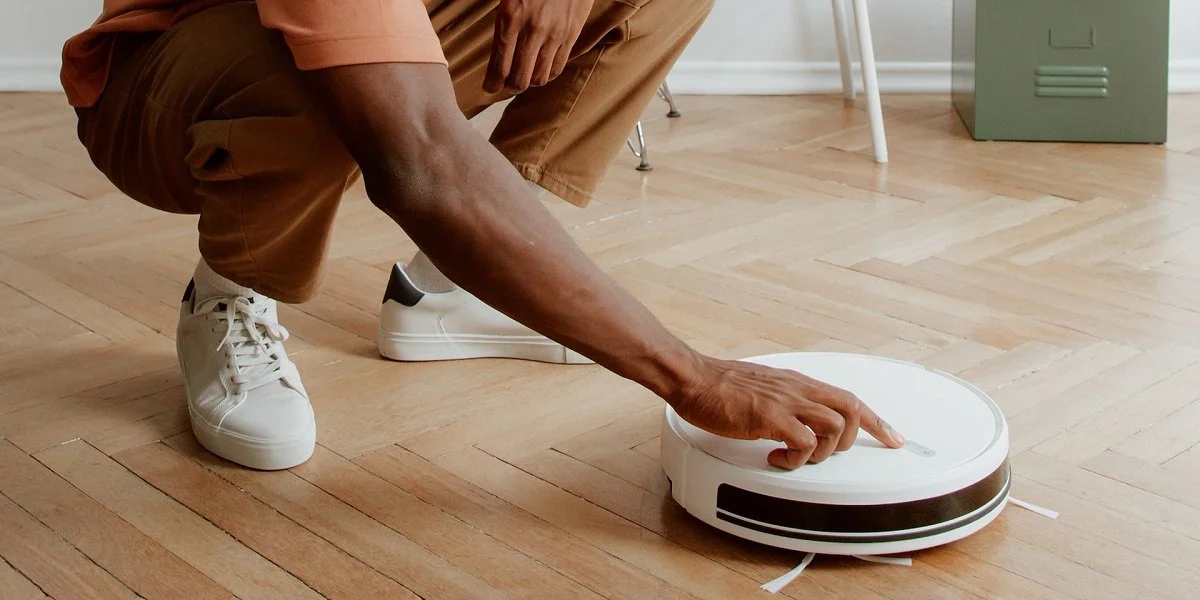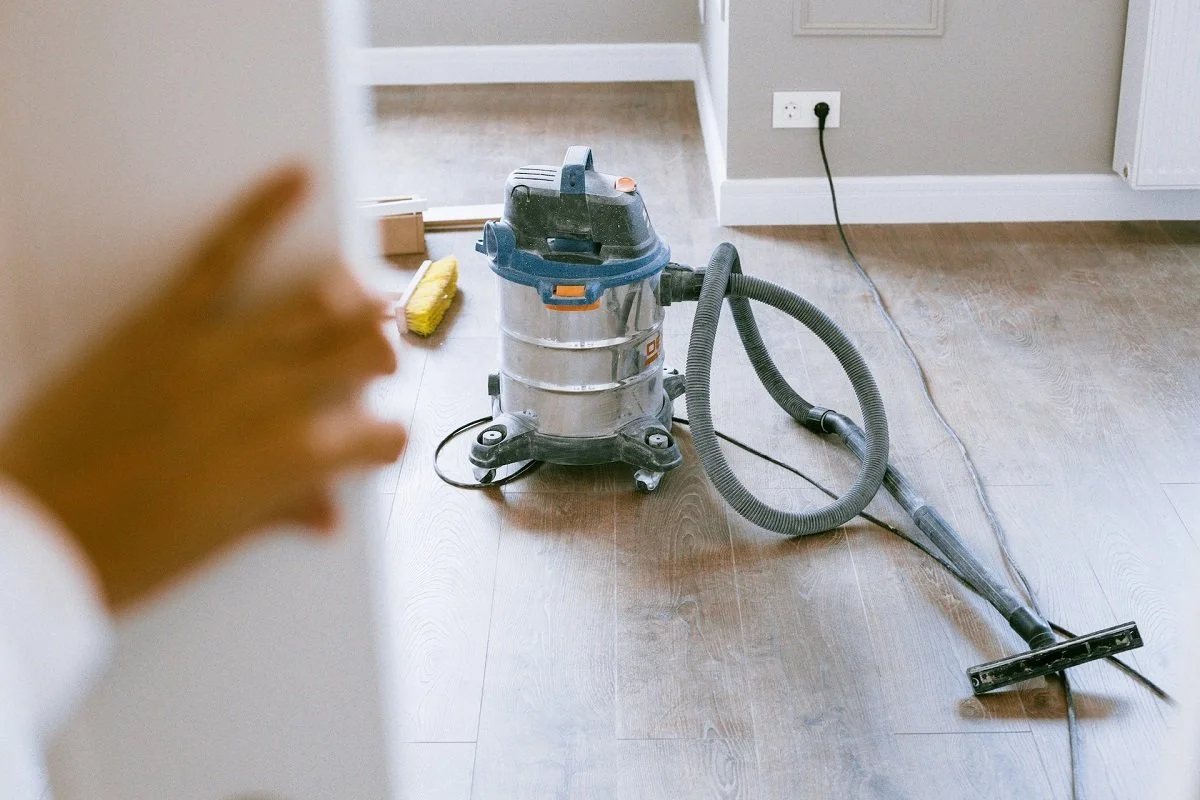How Do Robot Vacuum Cleaners Function?
In terms of convenience, few smart home devices come close to robot vacuum cleaners. The feeling of coming home to a clean and tidy space without having to lift a finger is incredible. Once you transition from traditional vacuum cleaners to robot vacuums, it is nearly impossible to go back.
Like most people, you might be wondering how these handy cleaning devices work. Today, we’ll take a peek behind the scenes and explore their fascinating inner workings. From intelligent sensors to advanced navigation systems, here’s everything you need to know about robot vacuum cleaners.
1. Sensors and Mapping
Robot vacuums move around your home and clean every floor by using a virtual map. To create this virtual map, these vacuums are equipped with optical sensors, cameras, and lasers. Some of them even use Lidar, the same tech found in the latest iPhones and many self-driving cars. A lot of the modern high-end robot vacuums like ECOVACS use a combination of some or all of these technologies.
There have been a lot of advancements in sensor and mapping technology that goes into robot vacuums. This allows some robot vacuums to detect and avoid animal waste as well. Honestly, the technology has gotten so good that even entry-level robot vacuums do a decent job of navigating your home.
2. Brushes and Suction
If you’re going to replace your traditional vacuum cleaner with a robot vacuum, it should be powerful enough to replicate the cleaning prowess or a conventional vacuum cleaner. Robot vacuums usually have a high suction power aided by rotating brushes that remove dirt, dust, and debris from various surfaces. Most have one or two of these spinning brushes along with a rolling brush that is at the front.
Dust and debris are collected into a removable dust container. Once it's full, you’ll have to manually dump the contents of the container yourself. Some models even feature self-emptying dustbins which further improves the convenience. Higher-end models feature HEPA filters that can remove allergens, pollens, dust, and other airborne particles.
3. Cleaning Modes
A lot of robot vacuums offer multiple cleaning modes such as auto cleaning, spot cleaning, edge cleaning, and more. Auto cleaning mode is self-explanatory, as it just follows the schedule assigned by you and uses the default power mode. Edge cleaning takes care of the edges of walls, tables, and beds. Spot cleaning is used to remove tough stains, spills, and debris.
Robot vacuums that are equipped with a mop have wet and dry modes. This allows the robot to clean wet surfaces as quickly as dry surfaces. Cleaning modes will vary from model to model, but edge cleaning and spot cleaning are both quite common in nearly every robot vacuum model out there.
4. Charging
Robot vacuums have an internal battery that determines how long the vacuum can operate before it needs to return to the docking/charging station. The time it takes for a vacuum to clean your space depends on how long the battery is and how powerful its suction abilities are. It’s always a good idea to look for models that can clean your space in one go.
After the battery is depleted, the robot vacuum will automatically return to the charging station. Most robot vacuums will recharge within 2-3 hours. If the battery runs out during a cleaning session, the vacuum will pick up where it left off after it's fully charged. This way you don’t need to worry about the battery life at all.
5. Smart Home Integration
Robot vacuums have been around for quite a while now, but only recently they have adapted with smart homes. For starters, a lot of these devices are compatible with voice assistants like Siri, Bixby, and Google Assistant. This allows you to start and stop cleaning sessions or customize schedules with simple voice commands.
Other than that, they also integrate with the smart home ecosystem as a whole. You can control the robot vacuum from your native smart home apps, such as Google Home or Apple HomeKit. This means you can also connect your robot vacuum with smart home displays like the Amazon Echo Show or Google Nest Hub.
6. Maintenance
Another great advantage of robot vacuums over traditional vacuum cleaners is that they don’t require as much maintenance. Whenever it's time to clean the brushes or filters, you’ll be alerted with a notification from the companion app. However, you should also regularly clean the brushes yourself to prevent hair and debris build-up.
Each robot vacuum requires a different level of maintenance. The user guide will tell you everything you need to know about recommended cleaning internals and replacement schedules for certain parts. Follow this closely if you want your vacuum to run smoothly and effectively. Even checking in once every two weeks will be enough for most robot vacuums.



